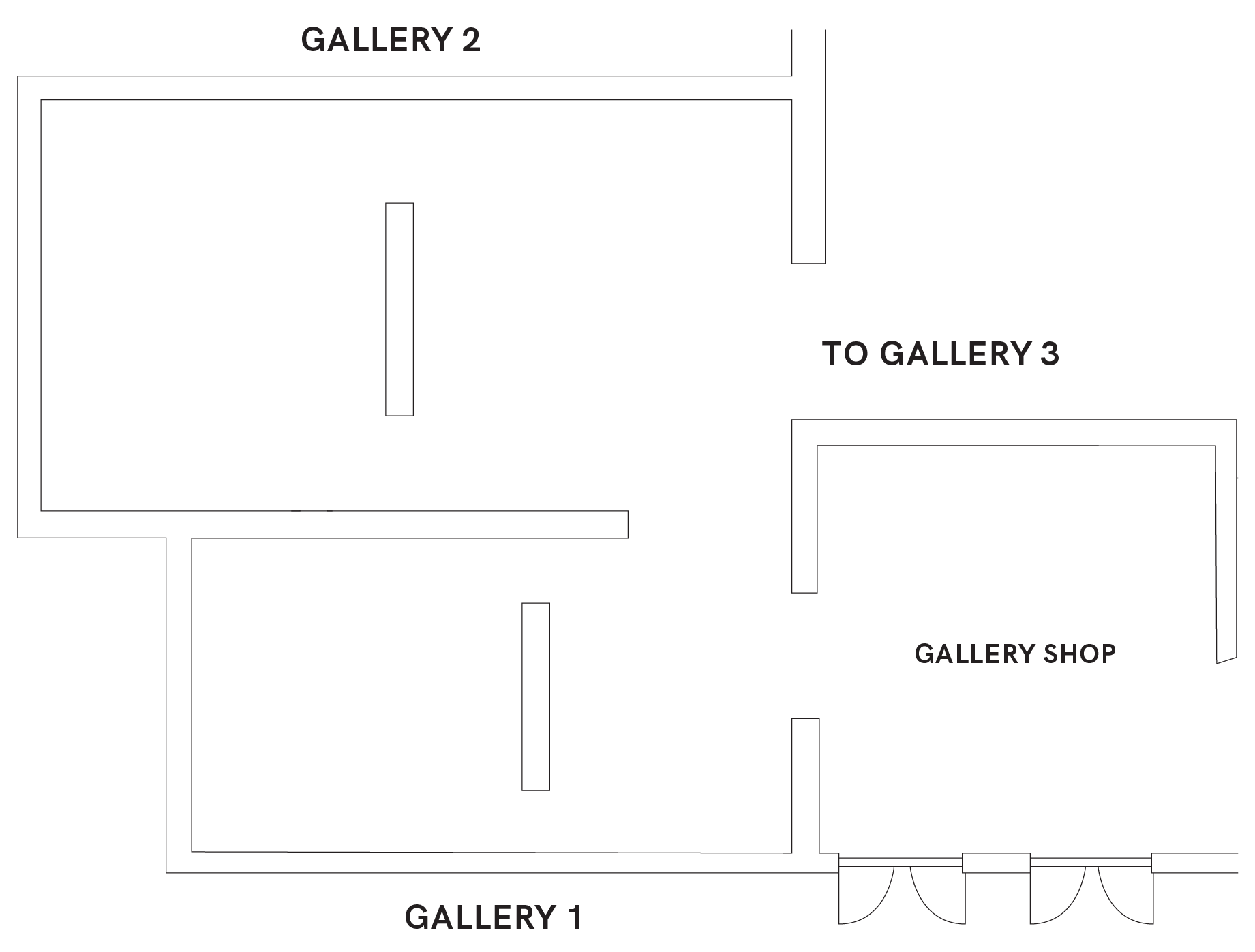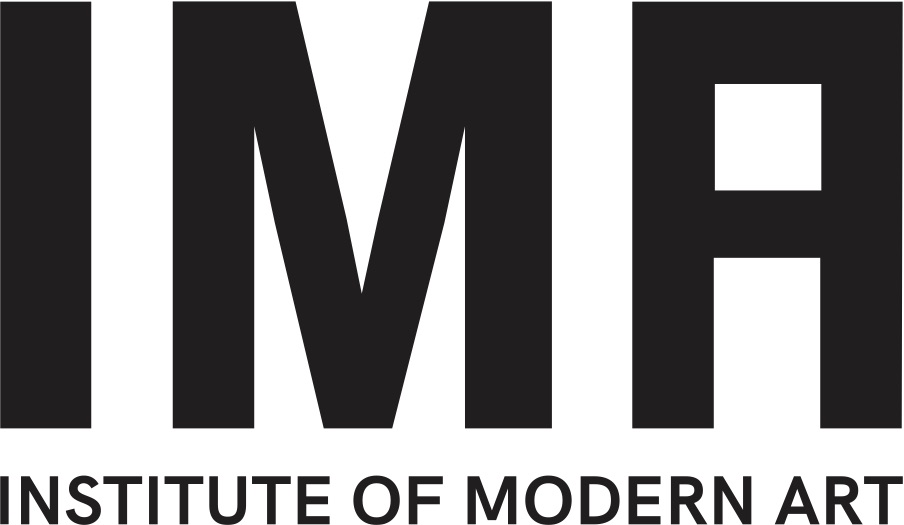An Alternative Economics
-Artists: Five Mile Radius, Gunybi Ganambarr, Wanda Gillespie, Katie Paterson, Make or Break, Keg de Souza, and Shevaun Wright
Curated by Tulleah Pearce
An Alternative Economics brings together a group of Australian and international artists who each use their artmaking to explore and expand on the creation of value. Guided by the idea of the circular economy and its compelling counter-narrative to the untenable model of eternal growth, each work in this exhibition offers a provocation to make us reconsider what is ‘counted’ in our society and why.
Artists in this exhibition each offer propositions for artmaking in a ‘post-growth’ world; utilising materials of place, critiquing extractive systems, sharing cultural knowledge, promoting the rights of nature, and meditating on the role of art practice to promote change. The art objects in An Alternative Economics index these processes of critique through their form and offer alternate models in their concepts. These ideas often decentre the human or institution as the arbiter of value, and highlight that it is the transformation of relationships that mark the pathways towards change. The artists in this exhibition each propose (in big and small ways) alternate visions for a more sustainable, equal, and ultimately just future.
Read more via the IMA website here.
Gallery 1
| 1 |
Five Mile Radius
444 Queen St, 2022 Five Mile Radius are Brisbane-based architects who investigate local and sustainable materials, advocating for positive change in the building industry. For An Alternative Economics they are exhibiting a series of design objects produced from post-demolition materials. The architecture collective have worked with commercial developers Hutchinsons and demolition firm Aztech, to reuse fittings and building materials from one floor of an office building at 444 Queen St which is being stripped and refitted for adaptive reuse. Construction causes 40% of global carbon emissions and 44% of all waste globally comes from construction and demolition processes. |
| 2 |
Wanda Gillespie
Counting Frame (Pink), 2021 Counting Frame (Green), 2021 These beguiling abacus sculptures by Auckland -based artist, wood carver and mystical archeologist Wanda Gillespie, offer themselves as implements for calculating the unquantifiable. When she first began making these frames the artist saw them as ‘higher consciousness calculators’, tools for recording the esoteric value of the spiritual realm. However, the mass-disruption of the global pandemic and the attendant widespread reset of values it prompted have led her to see them instead as functional computers for future economies. |
| 3 |
Katie Paterson
Future Library: A Century Unfolds, 2019 This short film tells the story of Scottish artist Katie Paterson’s vast project Future Library which began in 2014 and will unfold over one-hundred years. Each year a writer will be commissioned to contribute a text, which will be held in trust unread and unpublished for a century, stored in a public library in Oslo. Meanwhile in the Norwegian countryside a forest planted to supply the paper for this anthology will grow. The writers who have contributed texts to date, and who appear in the film, are Margaret Atwood (2014), David Mitchell (2015), Sjón (2016), Elif Shafak (2017) and Han Kang (2018). They have subsequently been joined by Karl Ove Knausgård (2019), Ocean Vuong (2020), and Tsitsi Dangarembga (2021). This year there will be a triple-handover ceremony as three authors present their manuscripts written throughout the pandemic to the Future Library Trust. |
| 4 |
Shevaun Wright
Teddy Bear Lien, 2022 This installation displays the artefacts of a process whereby the artist has taken possession of six childhood toys from non-Indigenous Australian participants. The ‘Teddy Bear Lien’ document outlines the terms under which these transitional objects might be returned to their original owners, alongside the bureaucratic requirements which must be satisfied to prove this ongoing relationship. |
| 5 |
Gunybi Ganambarr
Fishtrap on the Gäṉgän River, 2019 Gunybi Ganambarr is a Yolŋu artist who lives and works on his ancestral country at Gäṉgän, near Yirrkala in north-east Arnhem Land. He began his artistic career painting on bark and larrakitj but since 2008 has extended his practice with experimental and innovative use of reclaimed materials, which include wood, rubber, glass, steel, galvanised iron and aluminium which he finds on country. He obeys the longterm stricture from Buku elders “if you are going to paint the land, use the land”, which ensures the miny’tji (sacred designs) drawn from song cycles remain connected to place through natural or found materials and are only shared by those invested with the appropriate cultural authority over them. |
| 6 |
Gunybi Ganambarr
Garrapara, 2019 Garrapara is a coastal headland and a scared burial place near Djalma Bay. During the creation times of the ‘first mornings’ ancestral hunters left the shores of Garrapara in their canoe towards the horizon hunting for turtle. Sacred Yirritja songs and dances narrate the heroic adventures of these two men as they passed sacred areas, rocks and saw ancestral totems on their way. While they were out, the weather changed and the canoe capsizing, with the hunters drowning in the swell. Their bodies washed back to the shores of Garrapara with the sea currents as the storm rolled on, and they were interred on the headland. This sacred design shows the water of Djalma Bay chopped up by the blustery South Easterly winds of the early Dry season. |
Gallery 2
| 7 |
Make or Break
Institutional Waste #2 For this exhibition, artist collective Make or Break has created the second in an ongoing series of works entitled Institutional Waste. Their commission for the IMA undertakes a deep material investigation into the fabric of the gallery’s walls, seeking to find alternative pathways for the gyprock, timber and MDF that are cyclically sacrificed when temporary infrastructure is replaced. |
| 8 |
Keg de Souza
Not a Drop to Drink, 2021 Not a Drop to Drink was created by de Souza as part of an investigation into water scarcity and its relationship to both food security and sovereignty. These are fundamental issues taking on increasing urgency in this country as the effects of climate change become more regular and widespread. The installation was developed through a series of conversations with Senior Boon Wurrung Elder N’arweet Carolyn Briggs, and others with varied knowledges such as: a mycologist, First Nations chef, a farmer, a water law and policy specialist, a botanist, restaurateurs and more. |
Events
Double Exhibition Opening
Friday 13 May, 6–8pm
Read more
Sensory Waste: A Speculative Writing Workshop
Saturday 14 May, 10am–12pm
Get tickets
Artist Talks
Saturday 14 May, 2–3.30pm
Read more

